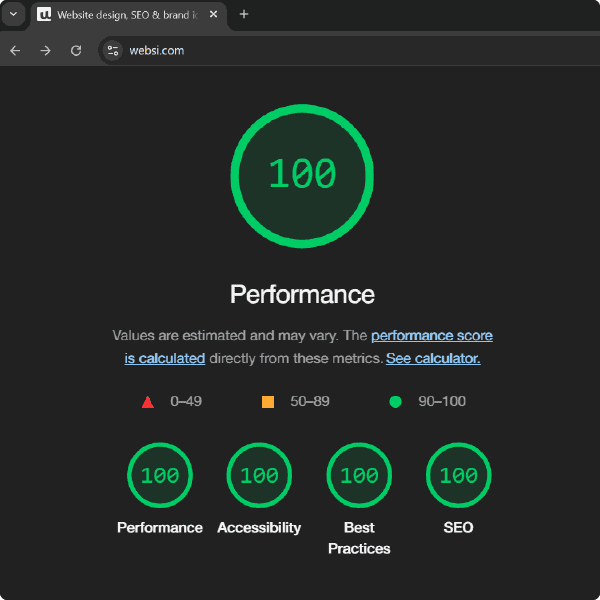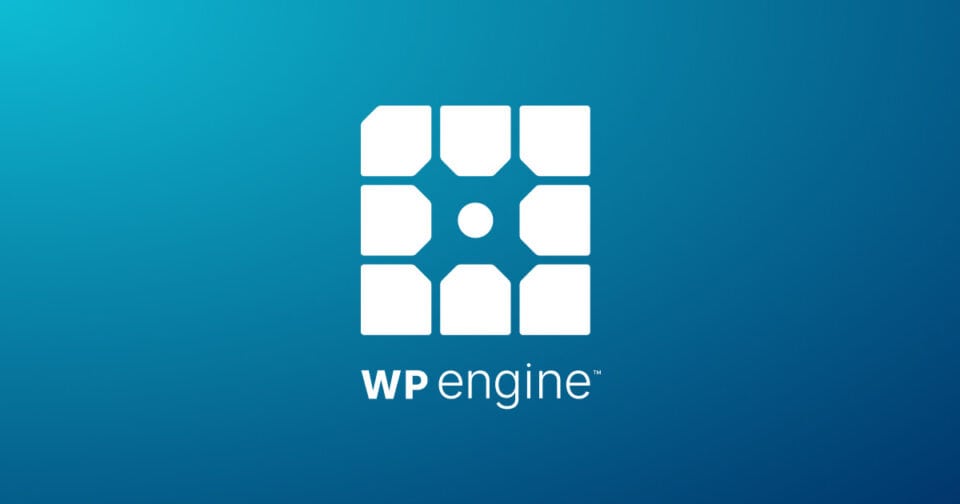Shopify comes to WordPress: What’s new
Shopify has launched an official plugin called Sell on WordPress, allowing website owners to integrate Shopify products into WordPress pages and posts.
👉 Official announcement
Key features include:
- Seamless integration – add single products or full collections to any page using WordPress blocks.
- Shopify checkout – all orders are processed through Shopify’s proven checkout flow.
- Security and reliability – encrypted payments, fraud protection, and 99.9% uptime.
- Central management – stock levels, analytics, and fulfilment handled from your Shopify dashboard.
- Proven conversions – Shopify claims its checkout converts 17% better than WooCommerce.
- Scale ready – more than 5.5 billion orders have been processed on Shopify to date.
To get started, install the plugin from the WordPress directory, connect it to your Shopify account, and use the provided blocks to embed products anywhere on your site.
Top 5 statistics
| Stat | What it shows |
|---|---|
| 17% | Shopify states that its checkout delivers a 17% higher conversion rate than WooCommerce (Shopify) |
| 99.9% | Guaranteed uptime for Shopify’s checkout system (Shopify) |
| 5.5 billion | Orders already processed globally through Shopify’s infrastructure (Shopify) |
| 60%+ | WordPress powers over 60% of all CMS-based websites (W3Techs) |
| 2011 | Year WooCommerce launched, giving it more than a decade’s head start (Wikipedia) |
Why this matters
1. Easier entry for WordPress users
Many WordPress site owners find WooCommerce complex to manage. Shopify’s plugin simplifies the process by offering a plug-and-play commerce solution that works with existing content.
2. Checkout competition
Shopify’s checkout is widely recognised for its speed and trust signals. The company claims up to 17% better conversion rates compared to WooCommerce, which could tempt merchants to switch.
3. Centralised control
Instead of maintaining several third-party plugins, merchants can manage inventory, orders, and payments in one place through Shopify’s dashboard.
4. Migration considerations
Existing WooCommerce users should check how custom extensions, delivery rules or advanced product types will translate into the Shopify system. Some migration work may be required.
5. A strategic bridge
This move brings Shopify’s commerce engine into WordPress rather than competing with it. It is designed to attract new sellers without asking them to abandon their current CMS.
Pros and cons
Advantages
- Simplifies eCommerce setup on WordPress
- Access to Shopify’s secure and high-performance checkout
- Reduced plugin clutter
- Improved conversion potential
- Access to Shopify’s global payments and analytics tools
Potential drawbacks
- Shopify’s pricing and transaction fees still apply
- Some WooCommerce-specific features may not transfer
- Limited customisation compared to a fully self-hosted setup
- Possible migration work for existing stores
Who it suits best
Ideal for:
- Content creators who want to sell directly from blog posts or landing pages
- Small businesses looking for a low-maintenance eCommerce setup
- Agencies or freelancers building client sites that need simple, reliable sales functionality
Less ideal for:
- Complex eCommerce operations needing deep customisation
- Businesses with large existing WooCommerce ecosystems
- Merchants who require advanced shipping or subscription logic
The bigger picture
Shopify’s move into the WordPress ecosystem shows a shift in strategy. Instead of competing head-to-head with open-source platforms, it is building bridges. By offering an official plugin, Shopify can reach millions of WordPress users who may never have considered moving their store to a standalone Shopify site.
For web designers and agencies, this opens a new opportunity to combine WordPress’s creative freedom with Shopify’s robust commerce tools. Expect to see more hybrid builds that use WordPress for storytelling and Shopify for the transaction layer.
Final thoughts
This release blurs the line between content management and commerce. It allows creators, agencies and businesses to merge content and conversion within one platform, supported by Shopify’s proven infrastructure.
If you manage WordPress sites and want to test the plugin, you can read the official documentation here:
👉 Shopify: Sell on WordPress
Need help integrating Shopify or improving your site’s eCommerce performance?
Websi specialises in high-conversion website design, platform integrations and technical strategy. Get in touch with us to discuss your project.






